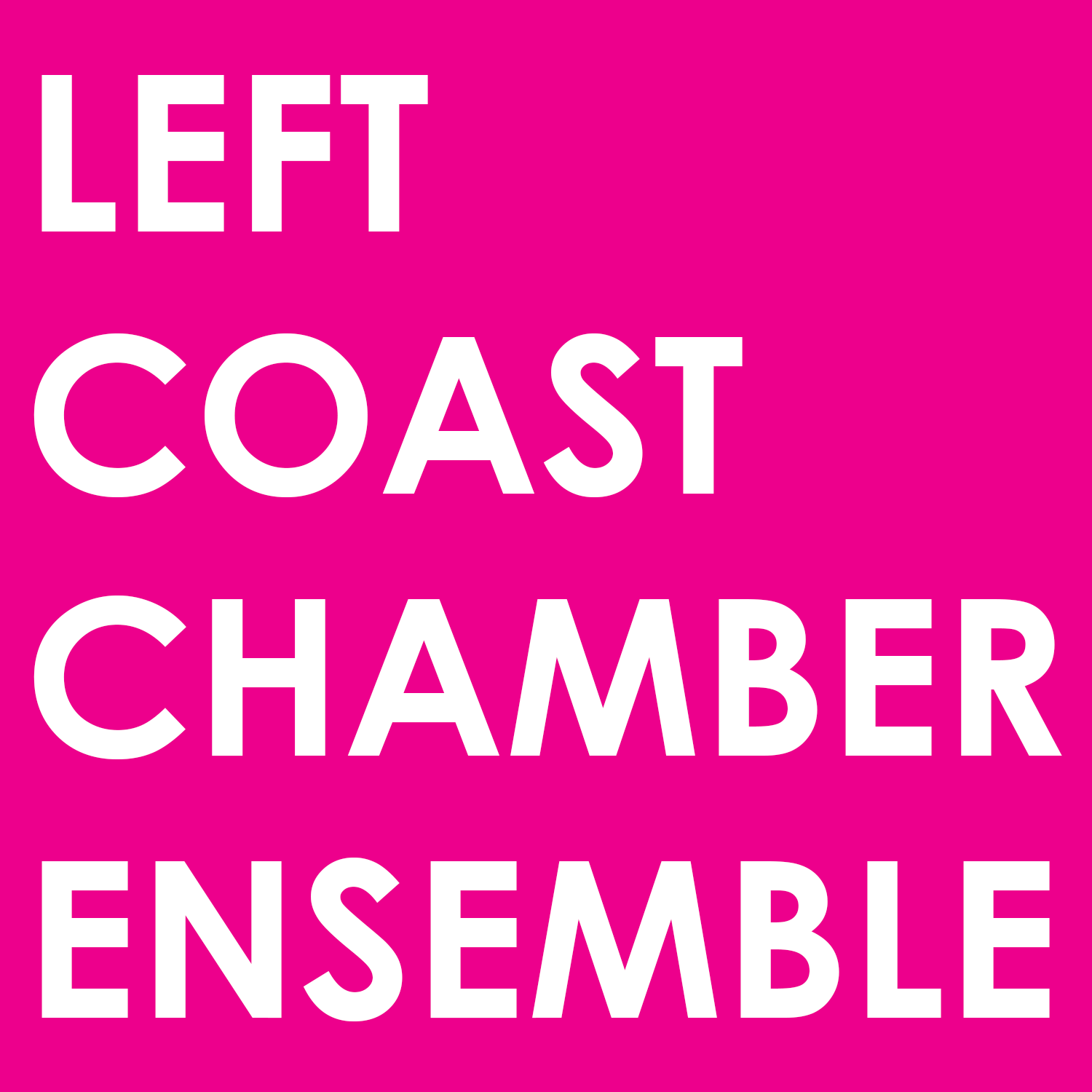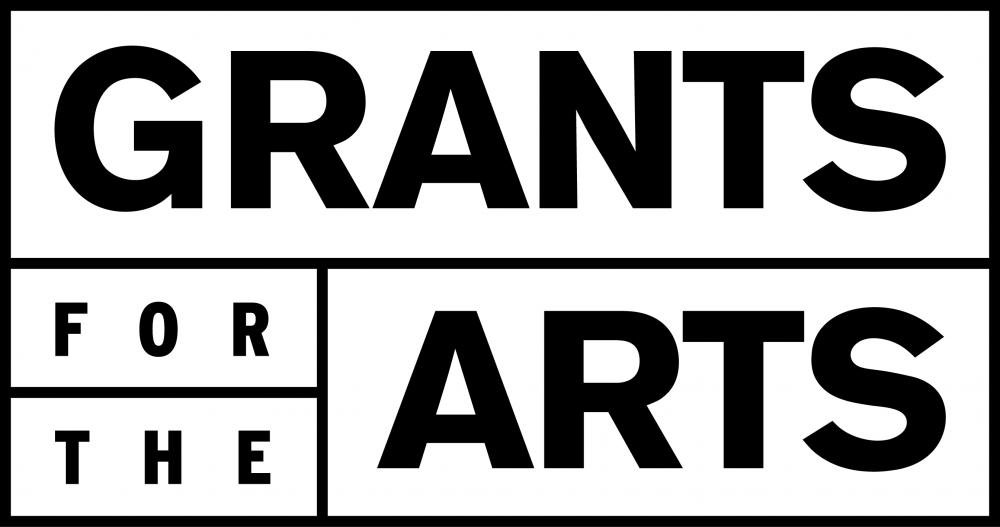Changing and Unchanging Things
*Karen Tanaka – Wind Whisperer for flute, viola, harp WORLD PREMIERE
Claude Debussy – Sonata for flute, viola, harp
Dai Fujikura – Neo
*Hiroya Miura – Sharaku Unframed, a micro opera WORLD PREMIERE
To open our 27th season we dive into Japanese culture and its intersection with Western classical music with Sharaku Unframed, a micro-opera by Hiroya Miura exploring the mysteries surrounding 18th Century woodblock artist Toshusai Sharaku. A new chamber work from Karen Tanaka is inspired by the Asian Art Museum's current exhibit Changing and Unchanging Things: Noguchi and Hasegawa in Postwar Japan, about two artists who explored intersections of Japanese and Western visual art. This is paired with music of Debussy, famously inclined toward Japanese music.
Open seating.
*Karen Tanaka and Hiroya Miura’s new works are commissioned by the Left Coast Chamber Ensemble.
Artists
Nikki Einfeld, soprano
Daniel Cilli, baritone
Hidejiro Honjoh, shamisen
Stacey Pelinka, flute
Kurt Rohde, viola
Jennifer Ellis, harp
Michel Taddei, double bass
Haruka Fujii, percussion
Matilda Hofman, conductor
SAN FRANCISCO
SF Conservatory of Music
50 Oak Street, San Francisco [directions]
Saturday, October 5, 2019, 7:30 PM
BERKELEY
Berkeley Hillside Club
2286 Cedar St, Berkeley [directions]
Sunday, October 6, 2019, 7:30 PM
SPECIAL SALON & PREVIEW
San Francisco Asian Art Museum
200 Larkin Street, San Francisco
Saturday, October 5, 2019, 1:00 PM
Salon Event and Preview Performance with UC Berkeley scholar and historian Elizabeth Berry, and composers Karen Tanaka and Hiroya Miura.
Subscribe and Save!
Subscribers receive the best prices on concert tickets, among other perks!
Get to know Sharaku Unframed
Composer Hiroya Miura shares the artist’s mysterious background and his inspiration for the opera:
Toshusai Sharaku was known for primarily his large portraits of kabuki actors and produced approximately 140 prints in the period of ten months from May 1794 to January 1795, yet almost none of his biographical details have survived. The identity of Sharaku has been arguably the biggest mystery in the Japanese art history. Many theories about his identity were proposed; some suggested Sharaku was the pseudonym used by well-known ukiyo-e masters like Hokusai or Kiyonaga, others speculated that he was a Noh actor, or even a Dutch merchant Leopold Willem Ras, who was stationed in Nagasaki Dejima outpost for his work with the Dutch East Indies Company. None of these theories seemed conclusive until an unknown painting by Sharaku surfaced at Asian Art Museum on the Greek Island of Corfu in 2008. Until then, all the identified works by Sharaku have been woodprints, and the work in Corfu was the first hand-drawn painting to be confirmed as Sharaku’s own. Some of the brushstrokes bore the same characteristics as the outlines used to shape specific body parts in his prints, which are considered to be the distinguishing features of Sharaku portraits. Moreover, the Corfu painting depicts a scene from a rather rarely performed Kabuki play, performed in May 1795, after the known ten-month period during only which Sharku was thought to be active as a print maker, which led the researchers to believe that Sharaku possibly continued producing works beyond January 1795. The Corfu painting shed some light on the authorship debate of some other paintings which were produced as late as 1800, revealing a few more biographical details which enabled many researchers to conclude that Sharaku was probably the noh actor by the name of Saito Jurobei.
Saito was a samurai and actor in the service of the lord of Awa (current Tokushima prefecture), the Hachisuka family. Noh theater, on the one hand, was protected and practiced by the ruling class of samurai during Sharaku’s lifetime. On the other, kabuki was popular amongst the commoners living in Edo (current Tokyo), and it was despised by the samurai class as an inferior and vulgar form of theater. Given Saito’s background, it is quite possible that Saito (a.k.a. Sharaku) had to conceal his identity in frequenting kabuki playhouses, sketching the actors both on and off stage in order to produce his prints, which were purchased and adored by the people of Edo.
I was long fascinated with Sharaku’s work as well as the mystery surrounding his identity. In composing my opera, I came across the short play, Ghost of Sharaku, by Arthur Davison Ficke, American poet and aficionado of Japanese ukiyo-e prints. The play—or a skit as Ficke called it—is set in a gallery room during the opening night of the Sharaku exhibit, which actually took place in the New York Gallery of Modern Art in April, 1940. All the characters are the ghosts, just as many of the characters are in the noh theater. In the opening scene of the play, the gallery guests are marveling at Sharaku’s prints, while some of them are parading their knowledge on their ukiyo-e prints, still a novelty for the general American public. At the end of the play, two more ghosts appear in the traditional Japanese attire from the 18th century— Lord Hachisuka and his mysterious retainer. Their appearance is extremely brief; Hachisuka first apologizes for their sudden intrusion to the gallery guests, and introduces his companion simply as his noh dancer, who never utters a word for the entire play.
When reading it for the first time, I was immediately impressed by Ficke’s insight for seeing through that Sharaku was probably a noh actor who only created prints in his spare time. Ficke’s subtle characterizations of these two Japanese characters in the final scene also revealed his deep knowledge about Sharaku’s (or Saito’s) biographical detail. Saito Jurobeh was born into a family of noh actors who specialized in waki-tsuré roles. Waki (side)-tsuré (companion) are the most marginal characters in noh, who are never given spoken lines. Considering it is customary for noh families to inherit the specific roles inter-generationally, I could not help sympathize with Saito, who never had a choice but to pursue the career of a silent actor —and for that reason, it is not surprising he was attracted to the extravagant and glamorous world of kabuki theater.
My opera is mostly based on Ficke’s Ghost of Sharaku; I say mostly because there are two brief interruptions of the narrative when the singers sing two kyoka poems, which are sung like the Greek chorus in Euripides. These kyoka are taken from Hyakki Yakyo, the poetry improvisation contest held in 1785 on the theme of ghosts and monsters, hosted by the man none other than Tsutaya Juzaburo, Sharaku’s printmaker, producer, and sometimes an impresario of these poetry salons. The Japanese have a tradition of spending hot summer nights telling each other bone-chilling ghost stories, and this contest was very much in that spirit; the evening started off with 100 candles burning in the temple where people were gathered, and for each of the poems recited by a participant, they would blow off a candle, so that at the end of the contest the participants were left feeling cool in pitch dark.
In my opera, the Lord Hachisuka is sung by the shamisen player, who only subtly suggests the identity of his silent companion. The opera ends with one of the few recorded descriptions about Sharaku by his comtemporary, Ohta Nampo:
"Sharaku designed likenesses of Kabuki actors, but because he depicted them too truthfully, his prints did not conform to accepted ideas, and his career was short, ending in less than a year."
I am grateful to Kurt Rohde, who approached me with this wonderful opportunity, all the members of Left Coast Chamber Ensemble, Matilda Hoffman, Nikki, Einfeld, Daniel Cilli, Susan Thieme, and Anna Presler for all the hard work and support. I would also like to thank Hidejiro Honjoh for introducing me to the wonderful world of shamisen since our first collaboration two years ago.
Get to know Wind Whisperer
Composer Karen Tanaka shares her inspiration behind the new trio:
I have long admired Isamu Noguchi and Saburo Hasegawa. The artistic goal they shared can be described as an integration of “the old East and the new West”. Even though I was born after the World War II and a different generation from Noguchi and Hasegawa, I am always inspired by nature and essence of the Japanese aesthetics such as simplicity, subtlety, silence and sense of timing. Those elements influence my writing, and they are blended into my work naturally and unconsciously.
Wind Whisperer was inspired by the Asian Art Museum’s exhibition, Changing and Unchanging things: Noguchi and Hasegawa in Postwar Japan. The title, Wind Whisperer, suggests that two great masters’ spirits encounter in the wind, without a barrier between east and west.
Press for Changing and Unchanging Things . . .
Review by Michael Zwiebach in San Francisco Classical Voice:
Recommended Classical Music Pick in The Mercury News:
Preview in OperaWire:
View and download our: Press Release
Thank you!
Generous support for Sharaku Unframed received from the Sam Mazza Foundation and the Popper Opera Fund at the University of California, Davis.

















